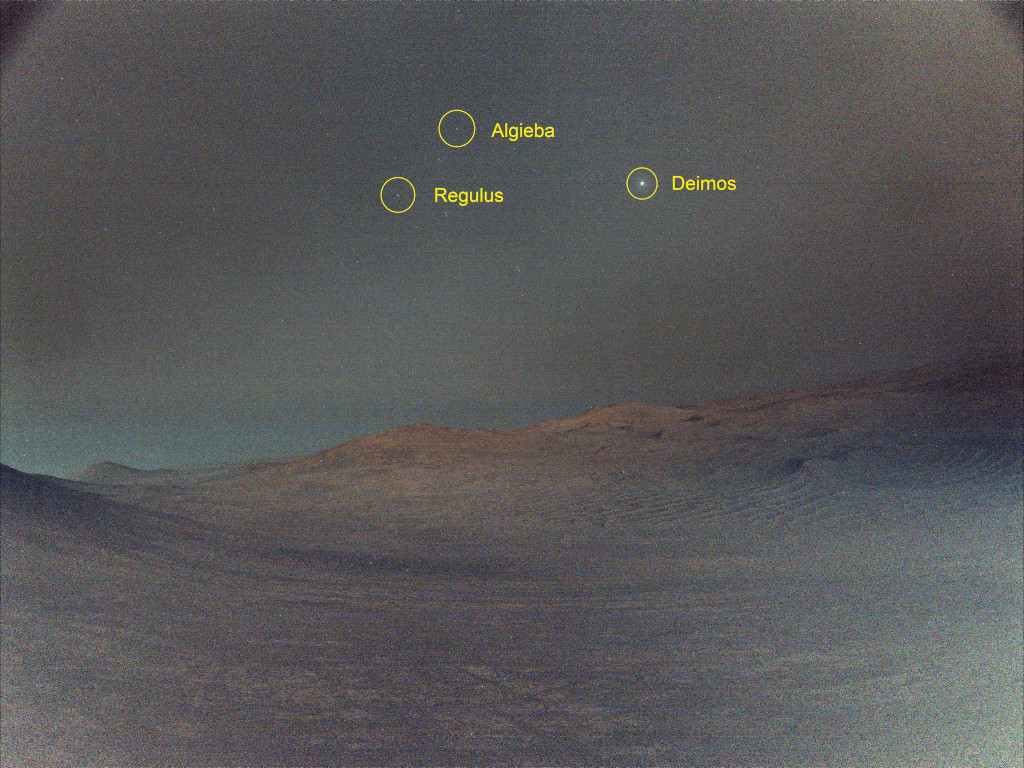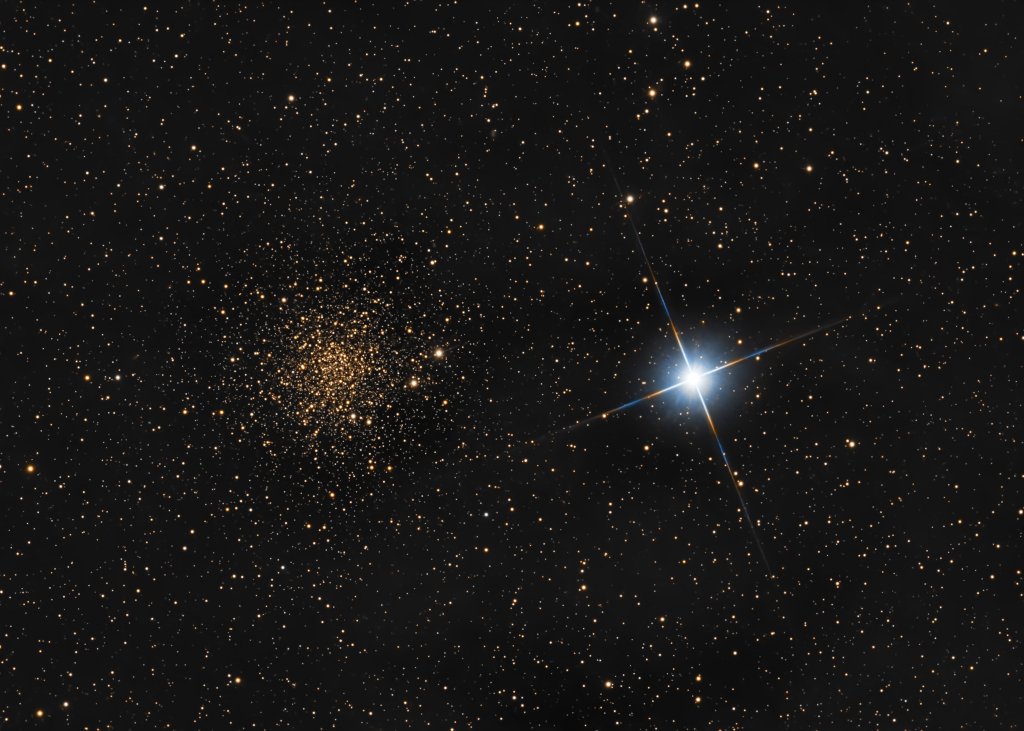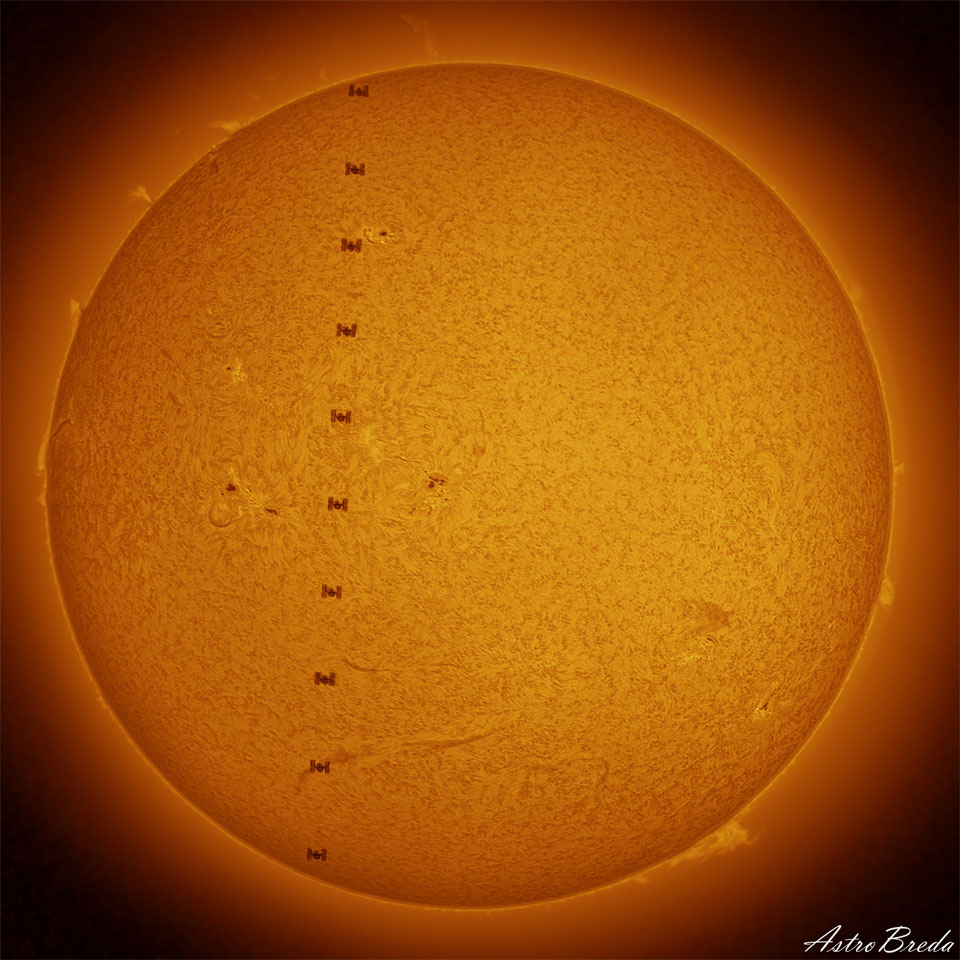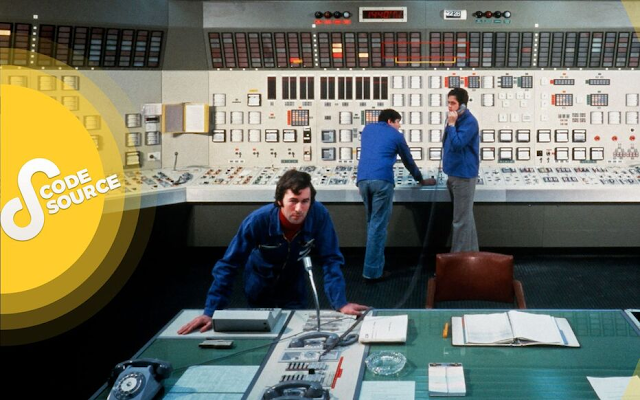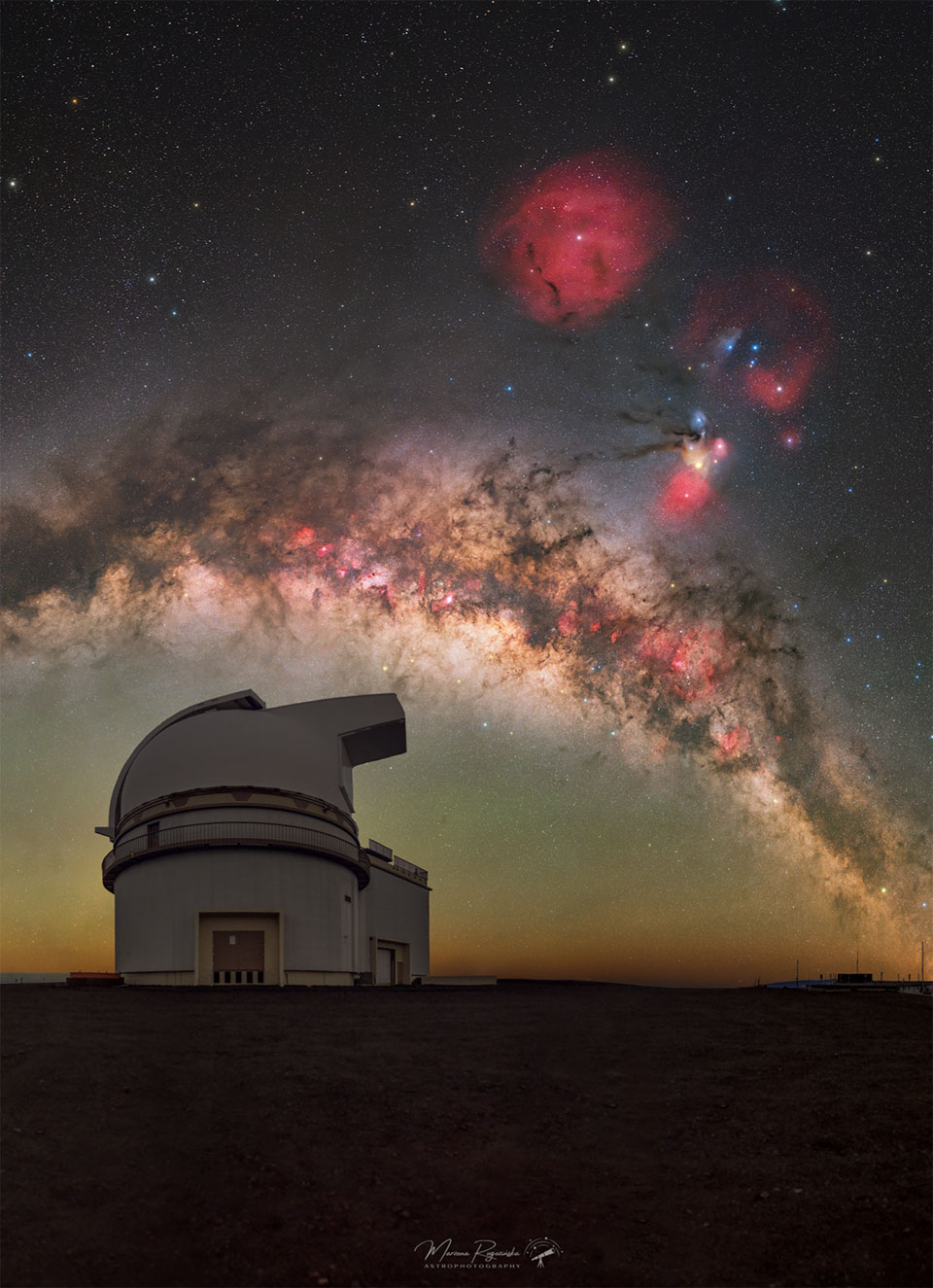Si manger des fruits est bon pour la santé, la présence de pesticides fait pencher la balance du mauvais côté.
Selon différentes enquêtes, trois quarts des fruits issus de l'agriculture non biologique présentent d'importantes quantités de pesticides.
Les raisins, les cerises, les clémentines et les fraises figurent parmi les fruits qui en contiennent le plus.
Les autorités de santé recommandent de consommer au moins cinq portions de fruits et légumes par jour. Avec l'été qui arrive, l'envie de manger des fruits se fait naturellement ressentir, d'autant plus que la saison nous donne une flopée de fruits riches en eau, en vitamines et peu caloriques. Si les fruits sont bons pour la santé, certains contiennent beaucoup plus de pesticides que d'autres, ce qui les rend donc nocifs pour nous.
Raisins, cerises, pamplemousse…
D'après l'ONG Générations Futures qui s'intéresse aux aliments végétaux non bio vendus en France, "56% des fruits testés contiennent au moins un résidu de pesticide Cancérigène ou Mutagène ou Reprotoxique détecté". Et parmi les fruits les plus "contaminés", figurent certaines stars de l'été, à savoir les raisins, les cerises, les fraises, les pamplemousses, les nectarines ou encore les pêches et les citrons verts. En effet, dans ces végétaux, "au moins un résidu de pesticide classé CMR est détecté le plus fréquemment". Ce n'est pas tout, les raisins et les cerises, mais aussi les clémentines, sont aussi les fruits qui présentent "les plus fortes fréquences d’échantillons dans lesquels a été détecté au moins un résidu de pesticide jugé perturbateur endocrinien". L'ONG rapporte également que "les cerises, les fraises et les raisins (50%) s’illustrent avec au moins la moitié de l’échantillonnage contenant au moins un résidu de pesticide PFAS". A contrario, parmi les fruits les moins contaminés, on retrouve les figues, le kiwi ou encore la banane.
Sabine BOUCHOUL pour TF1 INFO
